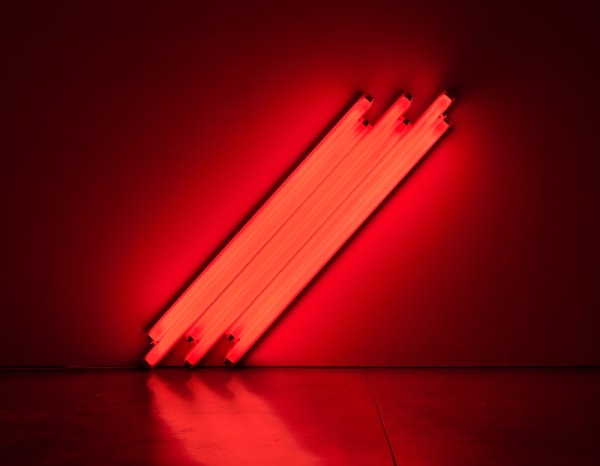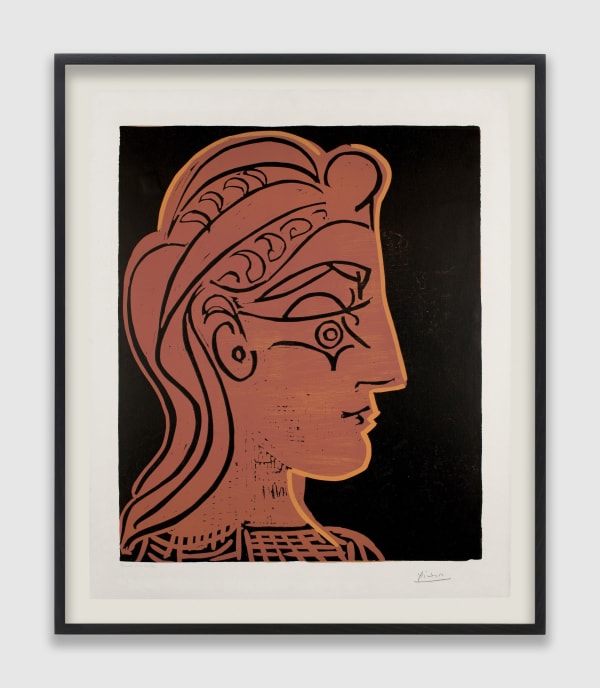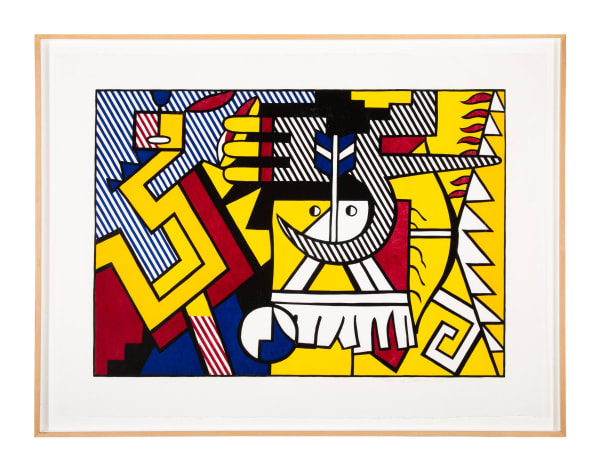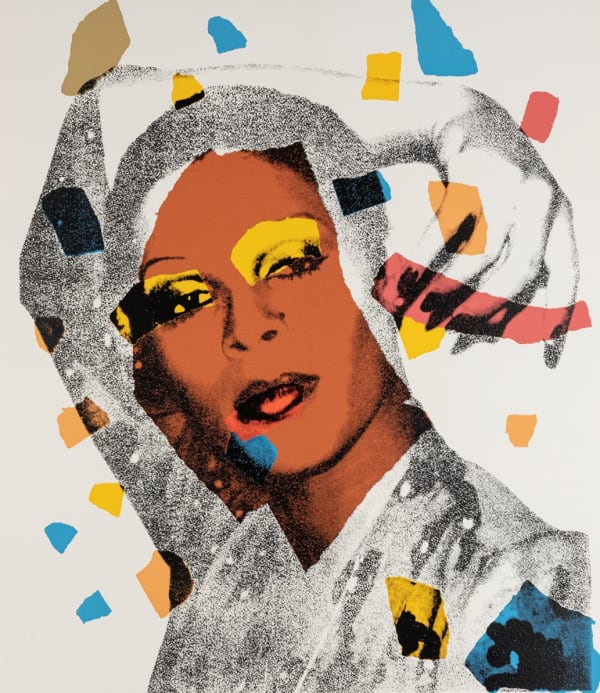“I am attracted to generic or 'industrial' colours; paper bag brown, file cabinet gray, industrial green, that kind of thing.”
Robert Mangold (North Tonawanda, NY, b. 1937) is an American artist known for his contribution of geometry and asymmetry to art. Influenced by Classical architecture and the art of the Renaissance, he introduced a subjective vision into pure forms such as squares, circles, and polygons, questioning the sense of geometry in the mind of the viewer. A graduate of the Yale School of Art (BFA 1961, MFA 1963), Mangold had his first solo exhibition at the Fischbach Gallery in 1965 titled Walls and Areas. The exhibition consisted of a group of large paintings on Masonite and plywood related to pieces of architecture in terms of solid form and atmosphere. In 1966, the Jewish Museum included Mangold’s work in the epoch-defining exhibition Primary Structures. His second solo exhibition in 1967 fea...
Read More
From Paris to New York
Transformations in Printmaking30 Jul - 24 Sep 2021This online viewing room begins with the growth of printmaking in early 20th century Paris, covers the war and interwar years in Europe, and goes up to and beyond the...Read more
Minimal Means
Concrete Inventions in the US, Brazil and Spain24 Jan - 16 Mar 2019Curated by Joan Robledo-Palop, Minimal Means is a conversation about space and the way people occupy and imagine that space in three parts of the world. The exhibit focuses on...Read more










